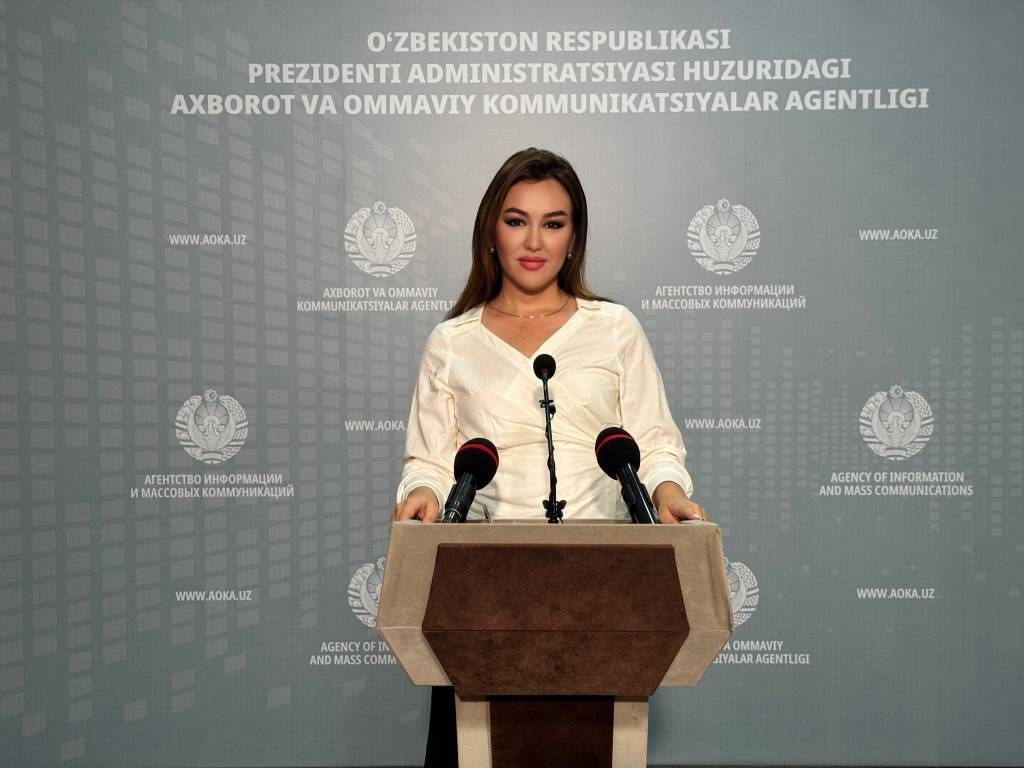
New Tashkent is one of Uzbekistan’s most ambitious and forward-looking urbanization projects. It aims not only to modernize the city’s infrastructure but also to attract significant investment by creating green spaces, expanding international cooperation, and introducing innovative technologies.
The project aims to create a comfortable and modern urban environment for future generations. The city’s sustainable development priorities include energy efficiency and renewable resources.
As stated by Shahnoza Nurmatova, Head of the Press Service of the New Tashkent Directorate, during a briefing at the Agency for Information and Mass Communications (AIMC), the city’s energy supply will be based almost entirely on renewable energy sources. In the first stage, a trigeneration plant powered by biofuel derived from cotton stalks will be launched, producing 50 MW of thermal and 27 MW of electrical energy. More than 1 GW of clean energy will be supplied to the city through solar and hydroelectric power stations.
— To ensure uninterrupted energy supply, energy storage systems will be installed, — said Ms. Nurmatova. — In New Tashkent, energy and water consumption in buildings will be 20-30 percent lower compared to conventional buildings. The city will save 900 million kWh annually through energy-saving technologies, and water-saving measures will conserve 4 million cubic meters of water each year.
New Tashkent will implement a design concept to create a comfortable and safe living environment. All essential services will be accessible within a 15-minute walk or bike ride. This will be achieved by integrating the traditional mahalla system into the modern “15-minute city” concept. The transportation system will be developed with residents’ needs at its core.
In the project’s first phase, 30 percent of the city’s area will be allocated for parks and green alleys. Buildings will utilize technology that helps maintain cool indoor temperatures during hot days. This innovative solution will enhance the city’s climate resilience and energy efficiency. New Tashkent will adopt international green construction standards, creating an urban environment that is not only environmentally sustainable but also attractive to global investors.
New Tashkent is a significant step toward the capital’s infrastructure development. It is the creation of a sustainable, green city of the future. This project, aimed at building an eco-friendly, energy- and water-efficient, and modern living environment, is essential in strengthening international cooperation and attracting significant investments. Green cities ensure a safe, comfortable, and economically accessible life for future generations.
We believe that the New Tashkent project will become a vital link in Uzbekistan’s urbanization progress.
Mohigul Qosimova, UzA








